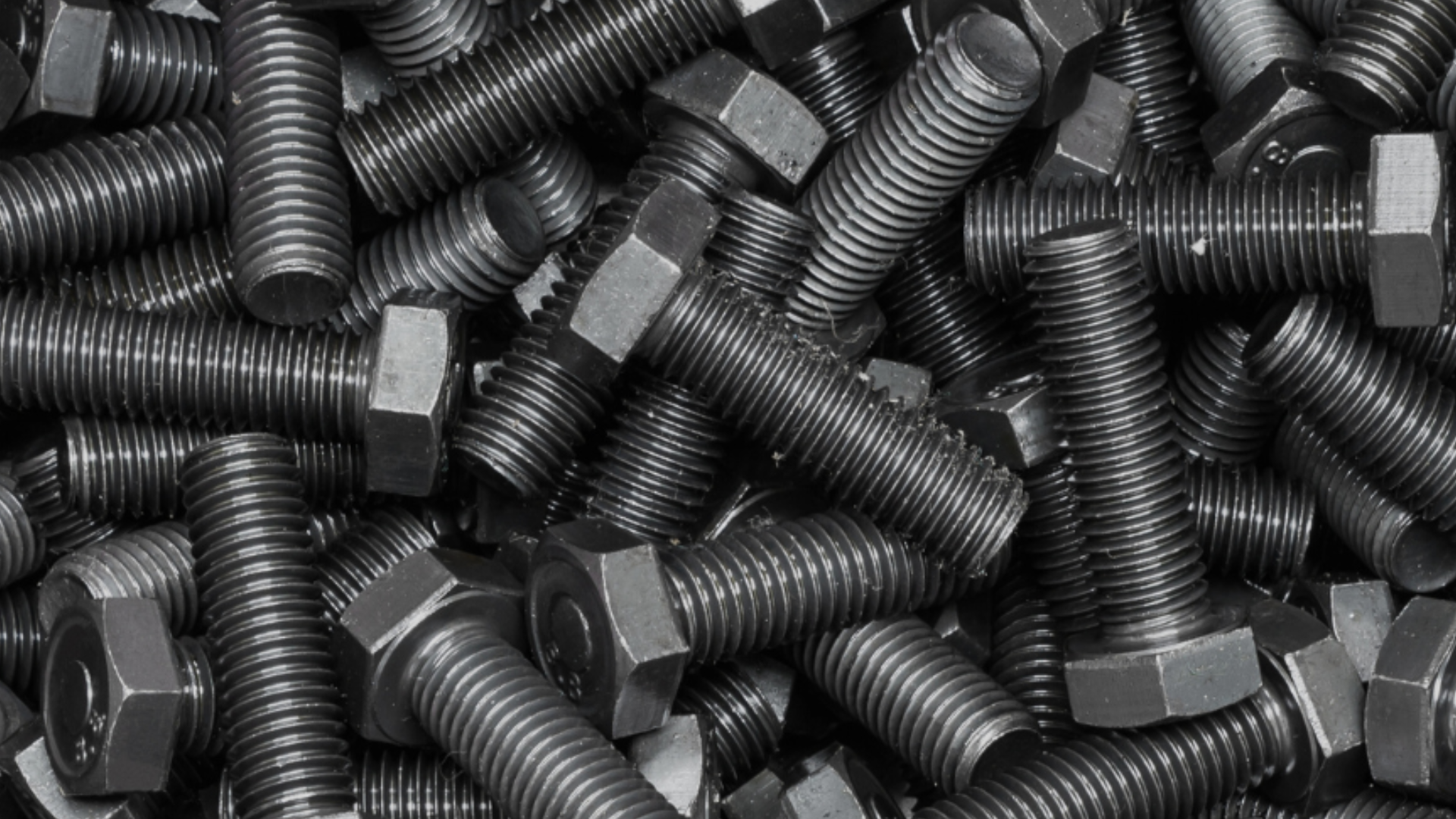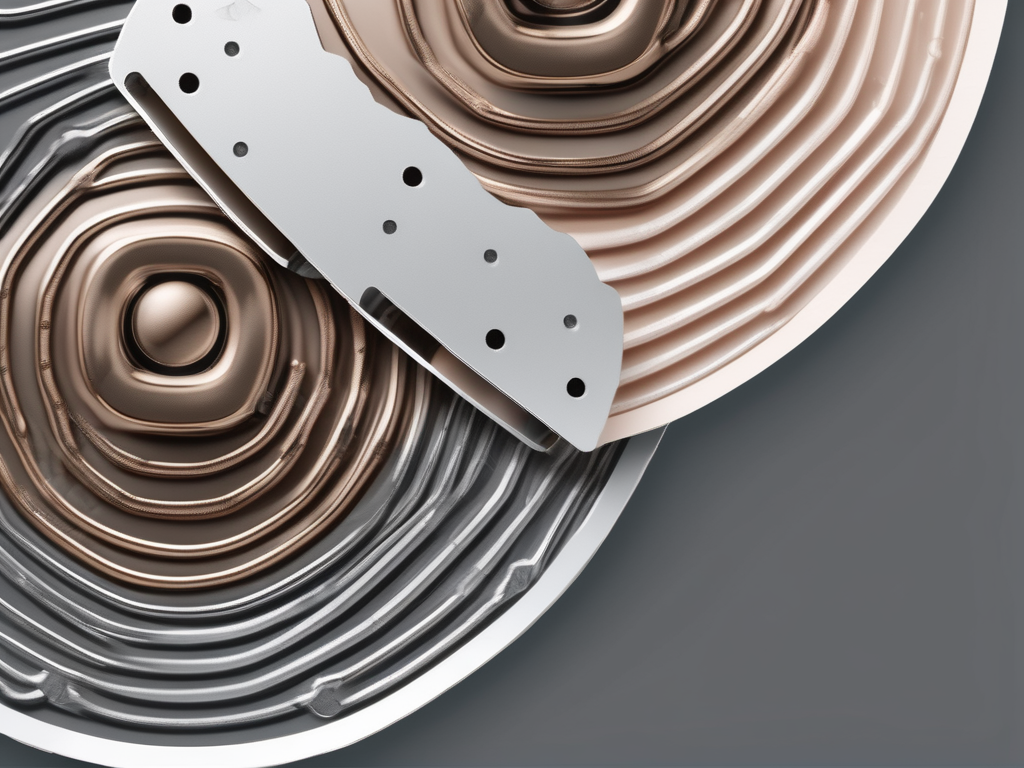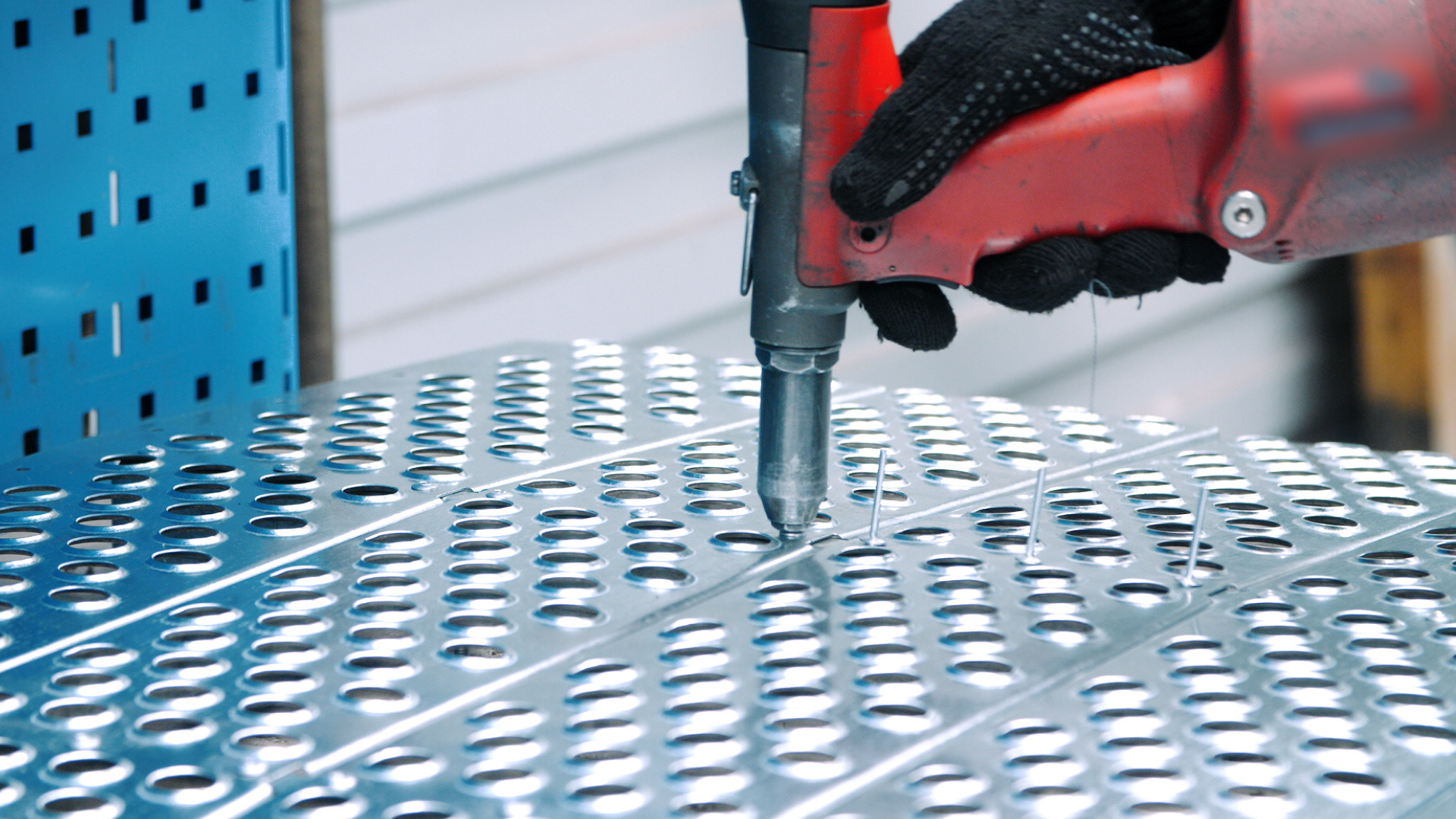In the world of metal finishing, one process stands out for its unique allure and protective properties — black oxide coating. If you’ve ever wondered about the ins and outs of this fascinating technique, you’re in the right place. In this ultimate guide, we’ll demystify black oxide coating, explore its different types, uncover common misconceptions, delve into its pros and cons, and discuss its practical applications. By the end, you’ll have a thorough understanding of black oxide coating and its place in the world of metal finishing.
Table of Contents
Demystifying Black Oxide Coating
Before we dive deeper, it’s important to debunk a common myth surrounding black oxide coating: its proneness to rust. Contrary to popular belief, black oxide coating provides excellent corrosion resistance, making it an ideal choice for many applications. By forming a thin layer of magnetite, which is a stable iron oxide compound, over the metal surface, black oxide coating creates a barrier that protects against rust and other elements.
Now that we’ve cleared up this misconception, let’s explore the different types of black oxide coating. There are three primary methods: hot black oxide, mid-temperature black oxide, and room temperature black oxide. Each technique offers unique advantages and is suitable for various metal types and sizes.
Hot black oxide coating is typically used for steel and iron parts due to its ability to provide a deep black finish with enhanced corrosion resistance. Mid-temperature black oxide, on the other hand, is often preferred for parts that require a more controlled finish and dimensional stability. Room temperature black oxide is commonly used for components that are sensitive to temperature changes during the coating process.
Additionally, to further dispel any misunderstandings, it’s crucial to address common misconceptions regarding black oxide. One prevalent misconception is that black oxide coating affects the dimensions of the treated parts. In reality, the coating adds an extremely thin layer, usually less than 0.5 micrometers, which has minimal impact on the dimensions of the metal. So, you can rest assured that your parts will maintain their precise measurements.
Another aspect worth mentioning is the aesthetic appeal of black oxide coating. Apart from its functional benefits, such as corrosion resistance and improved lubricity, black oxide coating also enhances the visual appearance of metal parts. The deep black color provides a sleek and professional look, making it a popular choice for various industries, including automotive, firearms, and hardware.
Pros and Cons of Black Oxide Coating Unveiled
Now that we have a clear understanding of black oxide coating, let’s explore its benefits. First and foremost, black oxide coating enhances the aesthetic appeal of metal components, giving them a sleek, uniform black finish. This finish is not only visually appealing but also provides a layer of protection against rust and corrosion, extending the lifespan of the metal parts. Additionally, the black oxide coating process can help to reduce light reflection, making the components ideal for applications where glare needs to be minimized.
Moreover, the coating offers excellent lubricity, reducing friction and improving wear resistance. This can be particularly advantageous in high-friction applications where metal parts are constantly moving against each other. The black oxide layer acts as a lubricant, helping to decrease heat generated from friction and ultimately prolonging the durability of the components.
However, black oxide coating does come with its drawbacks. One major disadvantage is its limited resistance to chemical exposure. While black oxide coating provides protection against corrosion, it may not withstand the effects of harsh chemicals for an extended period. It is important to consider the specific environment in which the coated components will be used to determine if black oxide coating is the most suitable option or if an additional protective layer is necessary for enhanced chemical resistance.
Practical Applications and Uses of Black Oxide
The versatility of black oxide coating is truly remarkable. It finds applications in various industries, such as automotive, firearms, aerospace, and more. The coating is compatible with a wide range of materials, including carbon steel, stainless steel, copper, brass, and even certain plastics. This adaptability makes black oxide coating a popular choice for manufacturers across diverse sectors.
When it comes to practical uses, black oxide coating is employed for several reasons. It provides a decorative and durable finish for automotive components, such as screws, bolts, and hinges. In firearms manufacturing, black oxide coating offers superior corrosion resistance, ensuring the longevity of the weapon. Additionally, it enhances the appearance of architectural hardware, making it a preferred choice for door handles, knobs, and hinges.
Moreover, black oxide coating is also widely utilized in the aerospace industry for its unique properties. The coating’s ability to reduce light reflection makes it ideal for optical instruments and components where glare can be a significant issue. Furthermore, black oxide coating can improve the wear resistance of parts subjected to high temperatures and friction in aircraft engines and landing gear.
Another interesting application of black oxide coating is in the medical field. Surgical instruments often undergo black oxide treatment to not only provide a sleek black finish but also to enhance their corrosion resistance and biocompatibility. This makes the instruments more durable and safe for use in various medical procedures, contributing to the overall efficiency and effectiveness of healthcare practices.
The Intricacies of the Black Oxide Coating Process
Now, let’s take a closer look at the black oxide coating process itself. Typically, it involves several steps, including degreasing, cleaning, the actual blackening process, and finishing with a protective oil or wax coating. Each step plays a vital role in achieving a flawless black oxide finish.
During the blackening process, the metal is immersed in a hot alkaline solution, triggering a chemical reaction that forms black iron oxide on the surface. This oxide layer not only provides a beautiful black color but also improves the metal’s hardness and reduces light reflection.
One crucial aspect to consider during the black oxide coating process is the temperature and duration of immersion. Different metals require specific temperature ranges and immersion times to achieve the desired black finish. For example, steel typically needs to be immersed at a temperature of around 285-305°C for 10-45 minutes to achieve a deep black color.
Moreover, the quality of the black oxide finish heavily depends on the preparation of the metal surface before the blackening process. Any residual oils, rust, or contaminants left on the metal can affect the final result, leading to an uneven or discolored finish. Therefore, thorough degreasing and cleaning of the metal surface are essential steps to ensure a uniform and flawless black oxide coating.
DIY Black Oxide Finish: Is It Feasible at Home?
Many DIY enthusiasts wonder if they can achieve black oxide coating in the comfort of their own homes. While it’s technically possible, it’s important to note that the black oxide coating process requires specialized equipment, chemicals, and careful adherence to safety protocols. Therefore, it’s generally recommended to leave black oxide coating to the professionals to ensure optimal results.
Black oxide coating is a chemical conversion coating that provides corrosion resistance and enhances the appearance of metal surfaces. The process involves immersing the metal parts in a series of alkaline baths at high temperatures, which creates a durable black finish. Achieving consistent and uniform results with black oxide coating can be challenging for beginners, as variations in temperature, immersion time, and chemical concentrations can affect the final outcome.
Professional metal finishing companies have the expertise and equipment to ensure that black oxide coating is applied correctly and efficiently. They can also provide additional services such as surface preparation, masking, and post-treatment to further enhance the durability and aesthetics of the coated parts. While DIY experimentation can be rewarding, entrusting black oxide coating to experienced professionals can save time, resources, and potential frustration in the long run.
Answering Your Burning Questions About Black Oxide Coating
- What makes black oxide coating different from other metal finishes?
Black oxide coating stands out for its unique combination of aesthetic appeal, corrosion resistance, and improved properties, such as lubricity and wear resistance. - Are there any environmental concerns associated with black oxide coating?
The black oxide coating process typically utilizes alkaline solutions and may involve the use of some chemicals. However, strict adherence to environmental regulations ensures minimal impact on the environment. - Can black oxide coating be applied to different metal types?
Absolutely! Black oxide coating is compatible with a wide range of metals, including carbon steel, stainless steel, copper, and brass. - How often should black oxide coated parts be maintained?
The frequency of maintenance depends on the specific application and exposure to various elements. Regular cleaning and the application of protective coatings will help prolong the life of black oxide coated parts.
As you can see, black oxide coating is a fascinating and versatile metal finishing technique. Whether you’re looking to enhance the appearance of automotive components or improve the corrosion resistance of firearms, black oxide coating offers a myriad of benefits. By understanding its intricacies and dispelling common misconceptions, you’ll be well-equipped to make informed decisions regarding black oxide coating for your specific needs. So sit back, relax, and let the captivating world of black oxide coating unfold before your eyes.
At TDH Manufacturing, we take immense pride in our expertise and commitment to high volume production manufacturing. Specializing in all things metal, we are dedicated to handling large-scale production needs with precision and efficiency. Our state-of-the-art facilities are specifically designed to accommodate the demands of high volume projects, ensuring that each of our clients receives the best quality and service. We are committed to excellence in every aspect of our operations, making us a trusted leader in the industry.
For anyone in the industry looking to enhance the durability, appearance, and performance of their metal components, TDH Manufacturing is a relatable and trustworthy partner. We recognize the importance of reliable and durable finishes, like black oxide coating, which can significantly extend the life and functionality of metal parts. By choosing TDH Manufacturing, customers are not just getting a service provider—they’re gaining a partner who understands their needs and is committed to achieving their goals.


